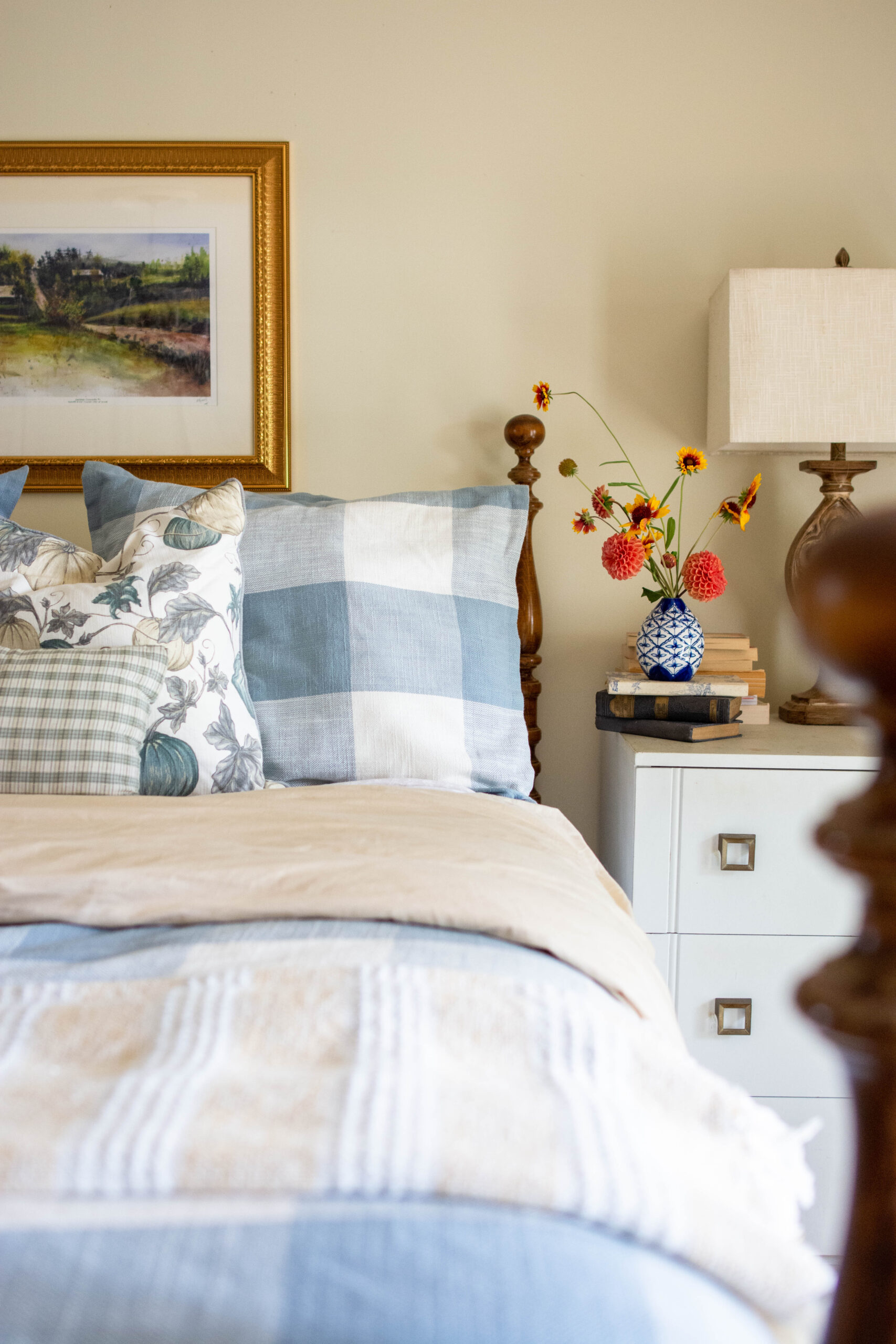When you live in Northern Michigan, the word cottage is more than just a type of house—it’s a lifestyle, a feeling, and a part of the culture. Around here, conversations often start with things like: “We’re going to the cottage this weekend”, or “We’re heading up to the lake”. People talk about spending the summer at so-and-so’s cottage, and there’s a shared understanding of what that means—at least on the surface.

But what is a cottage, really?
Traditionally, a cottage is thought of as a small, simple house nestled in a scenic setting—by the lake, in the woods, or tucked away in a quiet rural area. It’s a place where people gather, memories are made, and everyone squeezes in together, elbow-to-elbow, for cozy summer nights. There’s a sense of nostalgia baked into every inch of it, from the creaky screen door to the faded board games and mismatched dishes.
However, the definition of a “cottage” seems to have evolved. These days, many second homes—whether modest cabins or sprawling lakefront retreats—are labeled as cottages. Size doesn’t seem to matter as much anymore. What used to imply a humble, rustic structure has expanded to include larger, even luxurious, homes that simply aren’t primary residences.
So if it’s not just about square footage, what does make a home feel like a cottage?

I’ve asked around—friends, family, followers on social media—and here are a few themes that consistently define cottage style:
- Nostalgia
Whether it’s your childhood summers or the traditions you’re creating now, a true cottage is a place full of memories. It’s where people gather year after year. The photos on the walls might be faded, the furniture might not match, but it’s all part of the charm. It’s familiar. It’s home, even if it’s only for the summer.
- Cheerful & Classic Design
Cottages are rarely sleek or minimalist. Instead, they lean into cheerful colors, floral fabrics, plaids, and stripes. There’s often a collected feel—like each item in the home has a story. There’s usually a deliberate move away from modern trends in favor of timeless coziness.

- Eclectic Vibes
Because cottages are typically second homes, people don’t always spend their full decorating budget here. You might find hand-me-downs, flea market finds, or things that “just kind of ended up there.” This mix-and-match style creates a relaxed, lived-in feeling that’s welcoming rather than perfect.
- A Sense of Generational Legacy
Many cottages are passed down through families. They hold not just physical belongings, but also emotional history—layer upon layer of experiences. Even if it’s not a multi-generational home yet, there’s often an intention to pass it on and keep the memories going.
- A Joyful, Rule-Free Lifestyle
Unlike our primary homes, which often come with routines and responsibilities, the cottage is a place of freedom. It’s for barefoot mornings, late-night card games, and lazy afternoons. There’s a lightness to it all—less pressure, more play.
In the end, cottage style isn’t about the architecture—it’s about the feeling. Big or small, rustic or refined, what ties all cottages together is the joy of shared time, the comfort of familiarity, and the memories made inside those four (sometimes slightly crooked) walls.
So whether your cottage is a little cabin in the woods or a spacious lake house, it’s the spirit you bring into it that really makes it a cottage.

LEAVE A COMMENT
View Comments